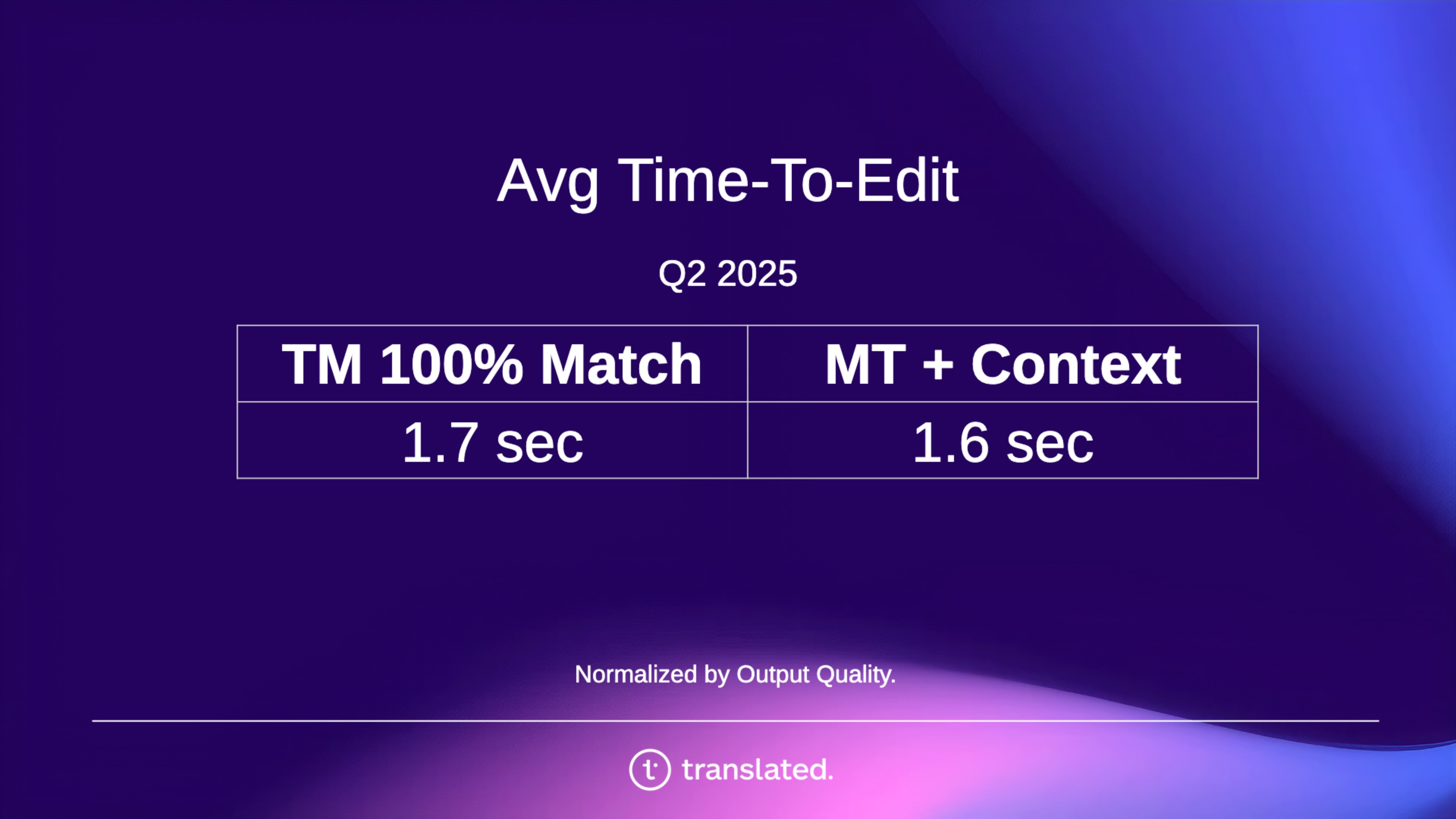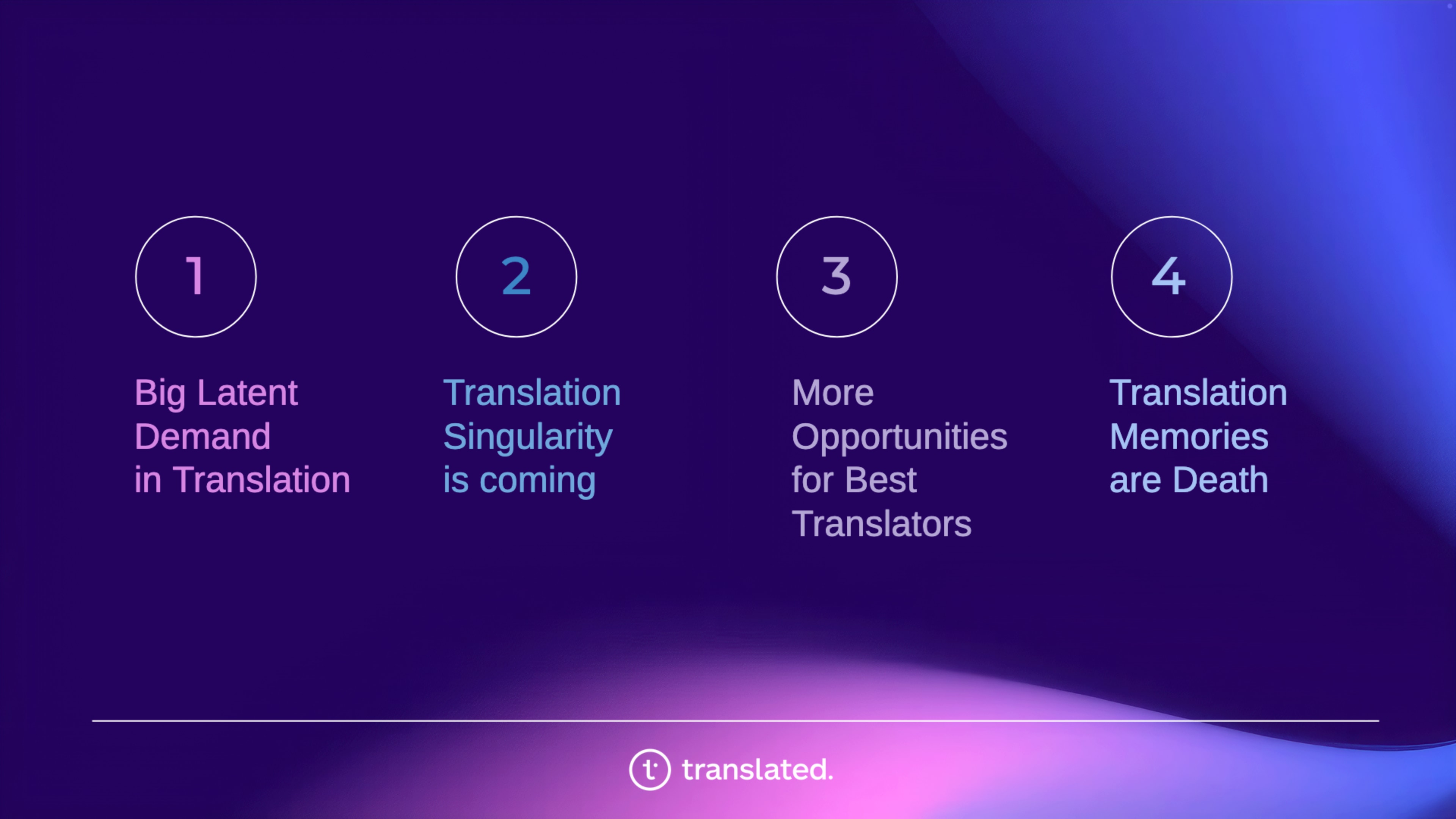Rome – November 4, 2025
The Localization industry held three major conferences in September and October: AMTA (American Machine Translation Association), Localization World in Monterey, CA, and the TAUS conference in Salt Lake City. These conferences all provide perspectives on the challenges that industry players grapple with as they attempt to deploy AI in production settings and move beyond pilots.
An overarching and unifying theme across all three conferences was that teams that chase AI solely to cut costs or expect plug-and-play miracles usually fall short and fail. Real impact comes from clear business goals, purposeful integration, and intelligent workflow design that properly defines and delivers value. Many are just beginning to understand that success with AI is evolutionary and gradual rather than revolutionary and immediate. The learning curve is steep and requires money, deep expertise, and ongoing experimentation to find optimal production-ready strategies.
Here are the major themes that surfaced from LocWorld.
Localization is a Strategic Powerhouse for AI, Not Just a Cost Center
Attendees focused heavily on elevating localization from an operational cost center to a strategic powerhouse, drawing explicit parallels to how IT evolved in the 2000s and 2010s. The conference highlighted that localization teams are now solving some of the most complex AI problems across entire enterprises, e.g., addressing bias, hallucinations, cultural nuance, quality assurance, and interoperability at scale. Discussions emphasized the need to rethink the industry's 30-year legacy, embedding localization into global content operations rather than treating it as a back-office translation service.
AI Implementation is Complex, Evolutionary, and Requires Nuance
A central message, repeatedly emphasized, was that the technology isn't the problem; our way of implementing it is". Attendees focused intensively on the practical challenges of deploying AI effectively rather than debating whether to adopt it. Sessions addressed inflated expectations, insufficient preparation, and the critical need to understand what AI can and cannot accomplish. Technical discussions explored the management of multilingual AI complexity, hallucinations, and the problems created by English-centric language models that perform unevenly across languages.
The focus was on moving beyond inflated expectations and AI "sprinkling" to achieve genuine business enhancement and AI maturity.
AI Unlocks Untapped Global Market Potential
The conference showcased how localization AI can dramatically expand market reach. By enabling contextual translation for previously underserved languages (e.g., African languages) and offering truly localized experiences, AI allows businesses to access new, largely untapped markets, moving beyond a "bigger slice of the pie" to "growing the pie for everyone." This theme challenged the scarcity mindset, advocating for universal localization across hundreds of languages to grow global reach and inclusivity. It positioned localization as essential for AI governance, brand trust, and economic growth in underrepresented language ecosystems.
Andrew Miller, Solutions Architect at Translated, who attended LocWorld, commented:
The lowered technical barriers to AI have clearly sparked creativity in our industry. However, the rush to "keep up" and layer AI within existing legacy workflows has unintentionally added unnecessary complexity with minimal benefit.
Much of what is currently labeled "agentic AI" is often just AI-washing of existing intelligent automation and Robotic Process Automation (RPA). Instead of fundamentally rethinking processes, we are using superficial "AI band-aids," making straightforward, well-understood procedures needlessly complicated.
As the industry continues experimenting with AI, it's important to remember the financial and environmental impacts of increased complexity, and that real quality comes from better data, optimized processes, and robust models. We must resist the urge to overcomplicate proven workflows with arbitrary, inconsistent, and unproven "AI magic dust".


